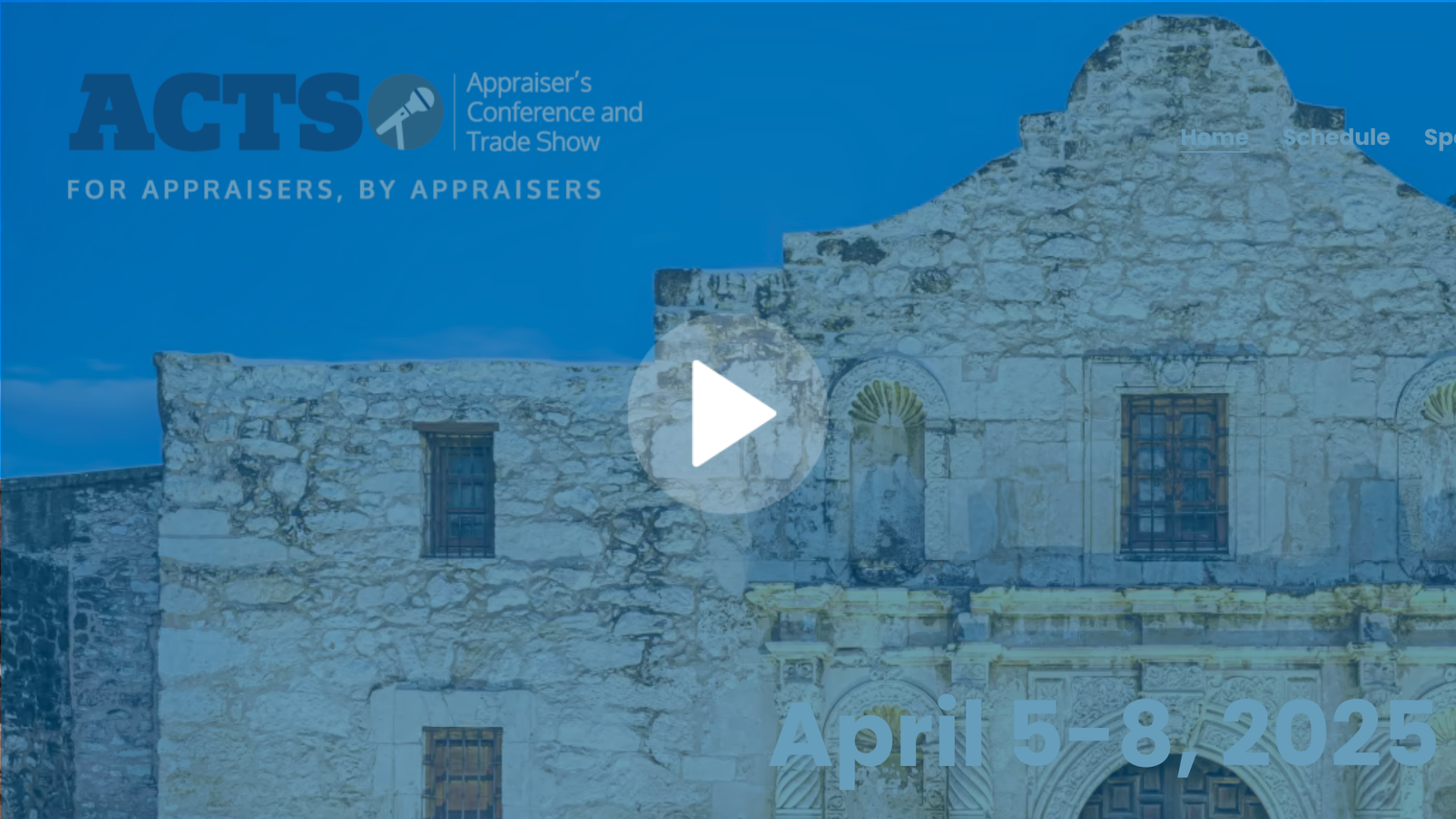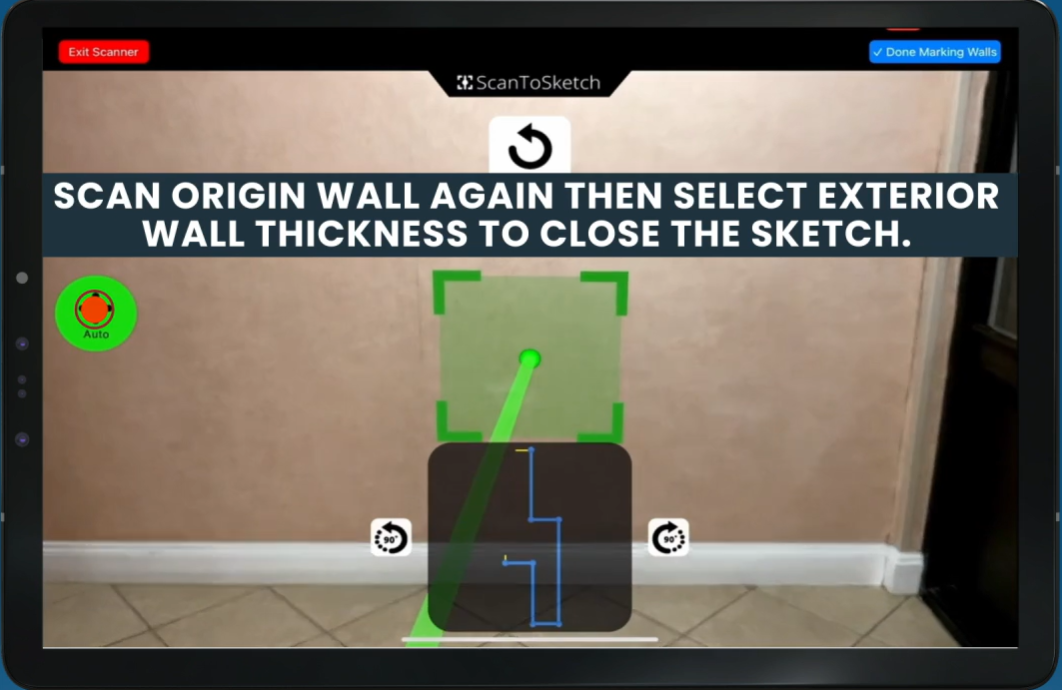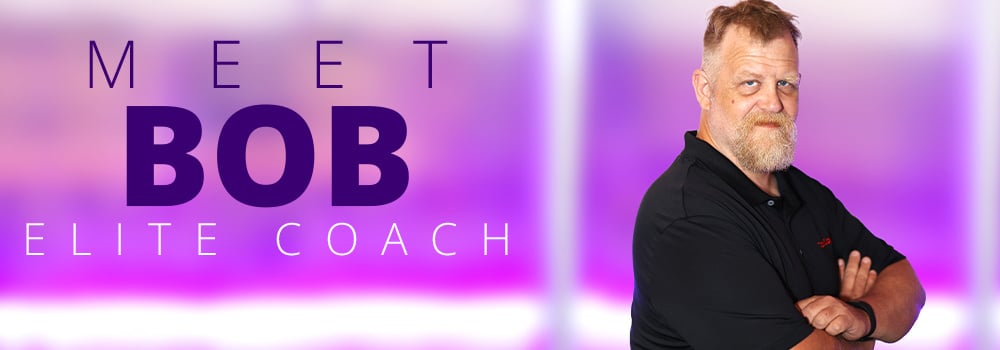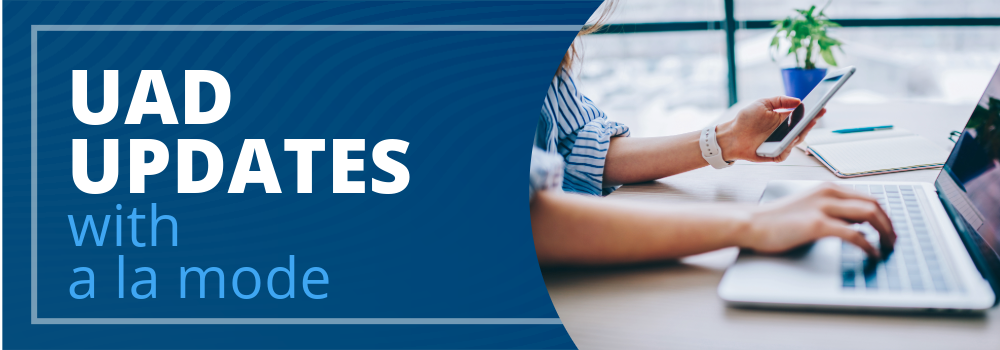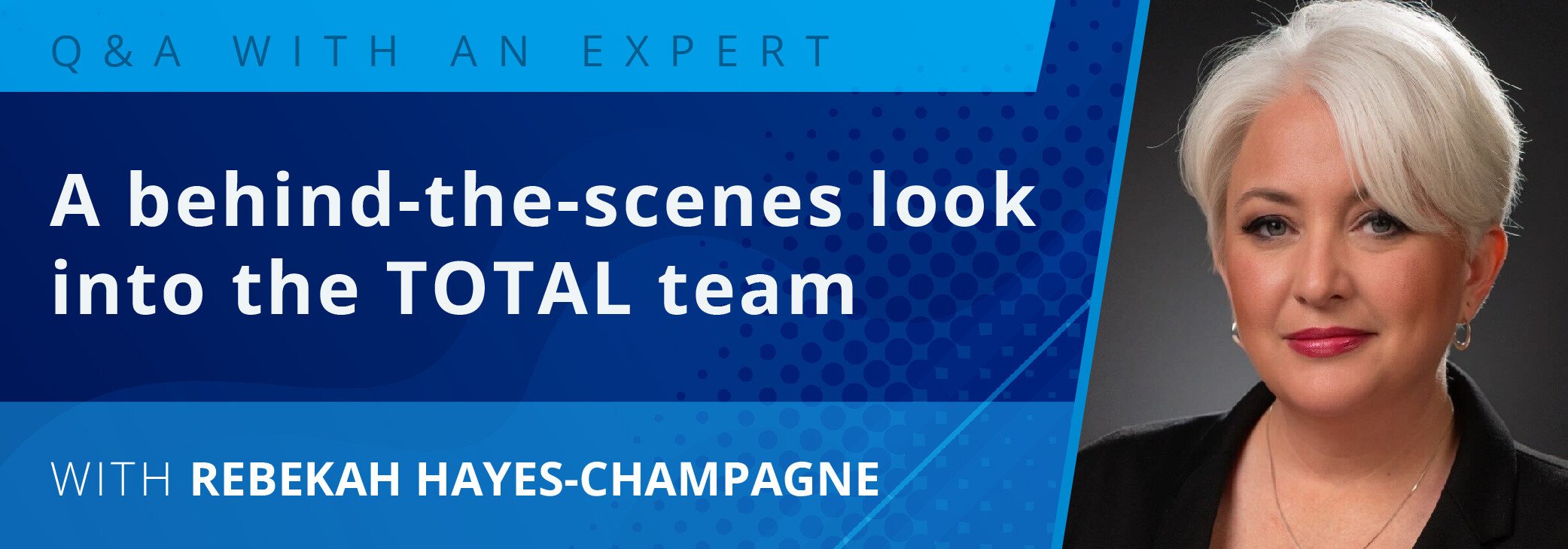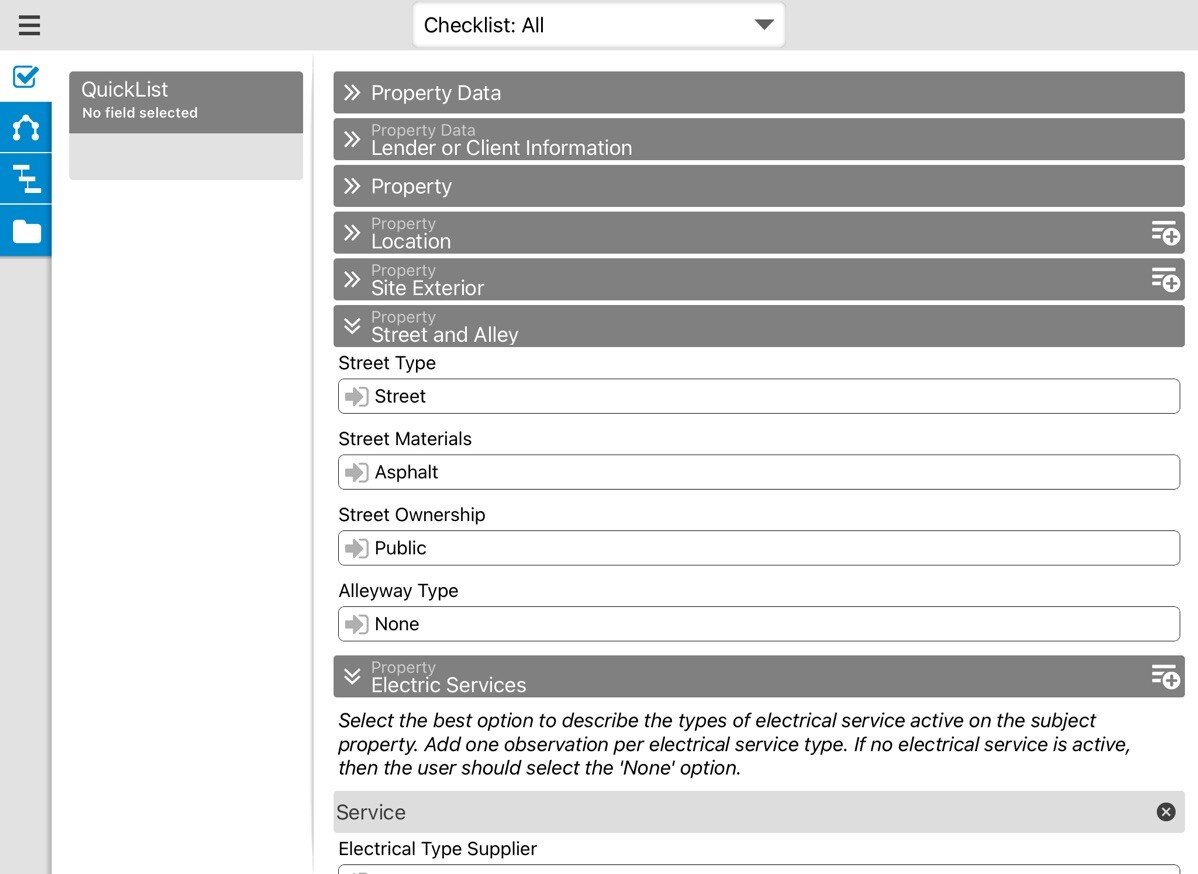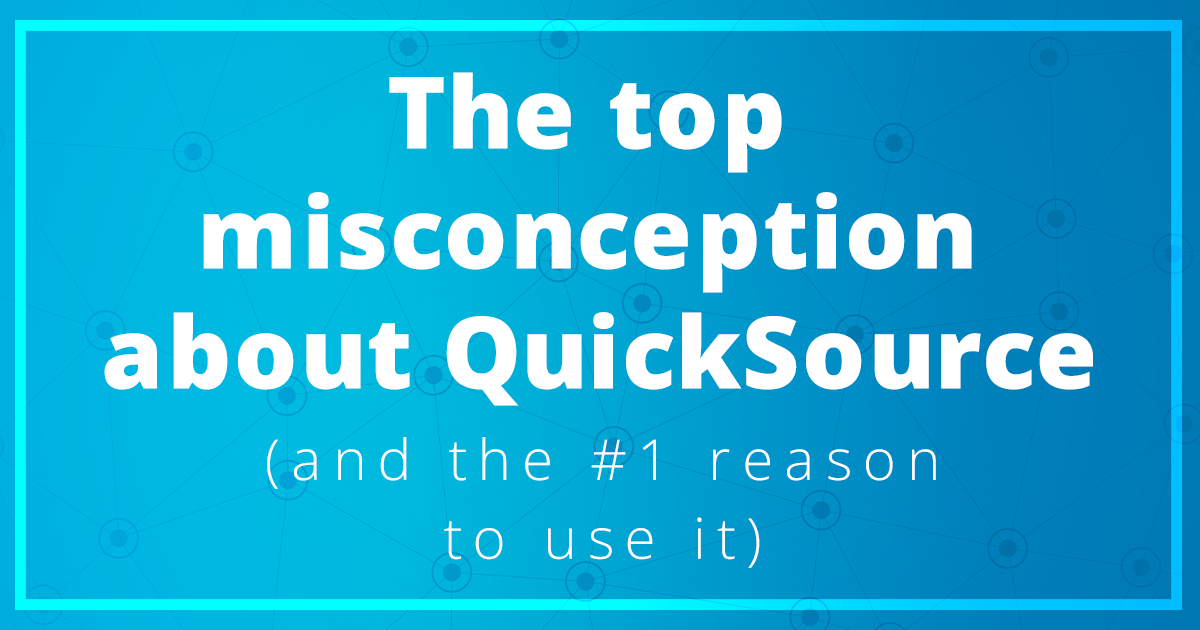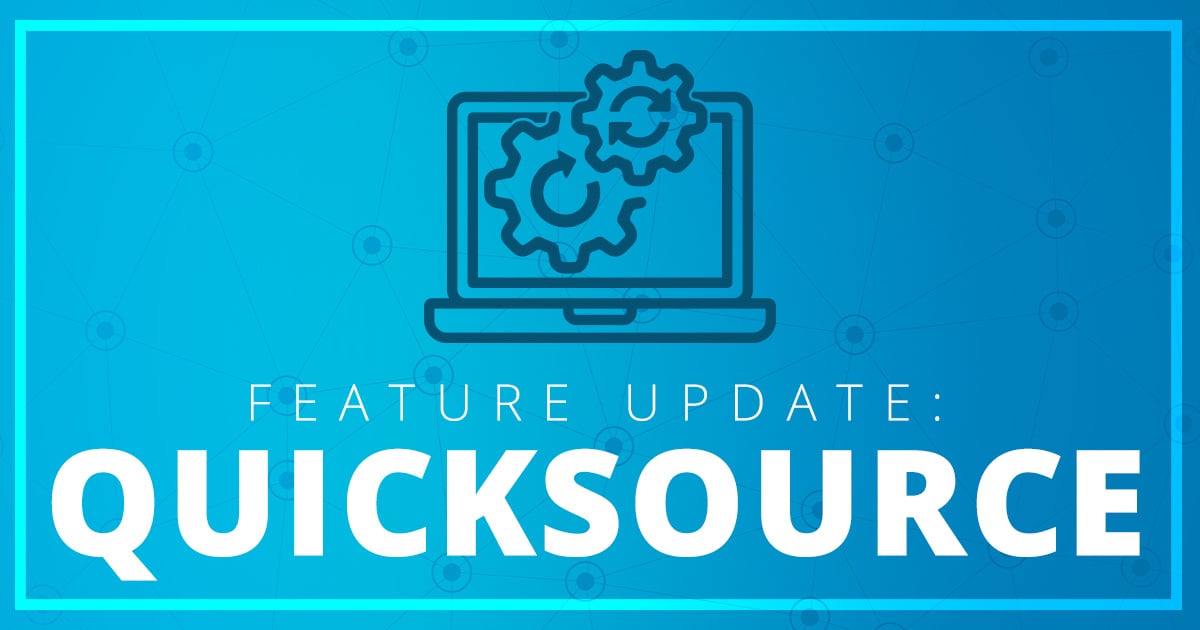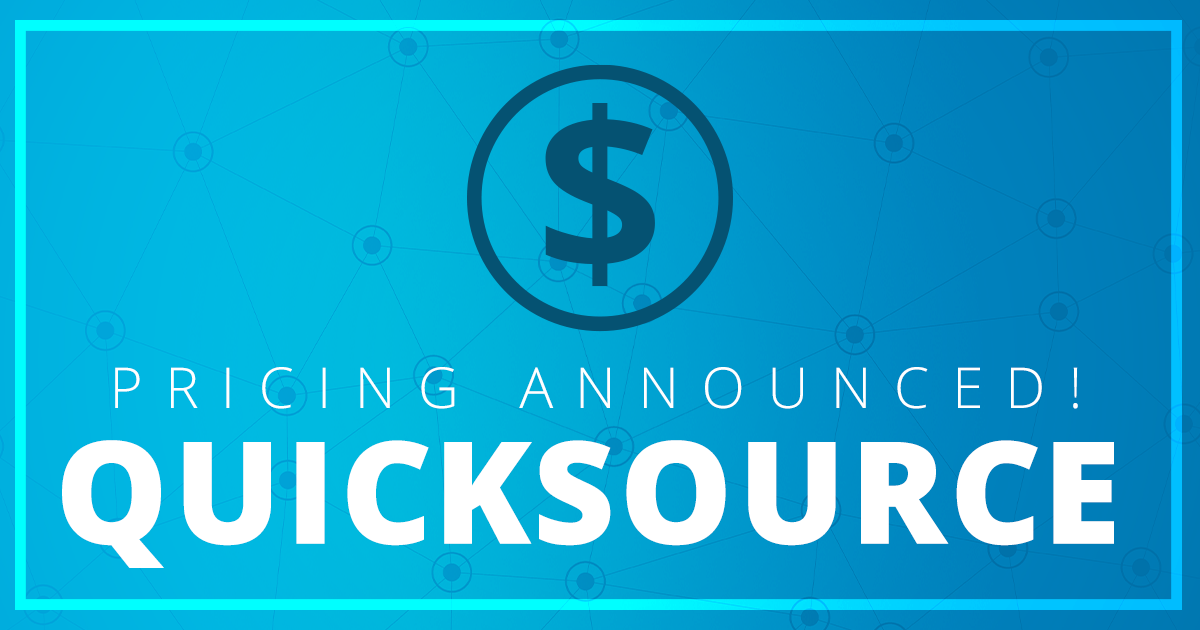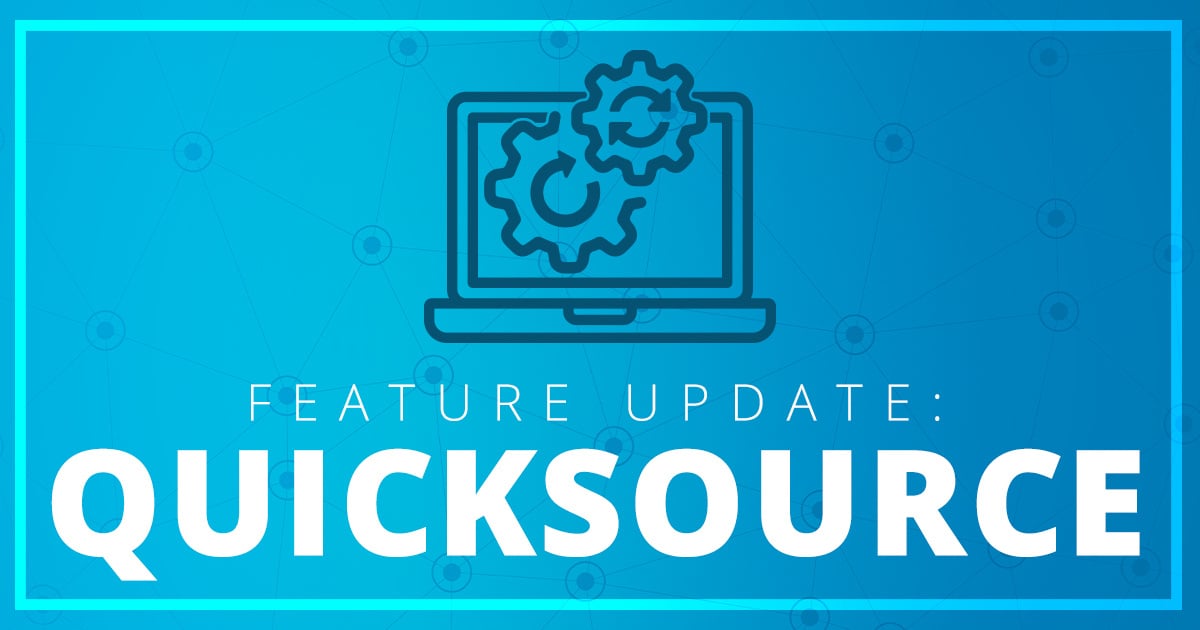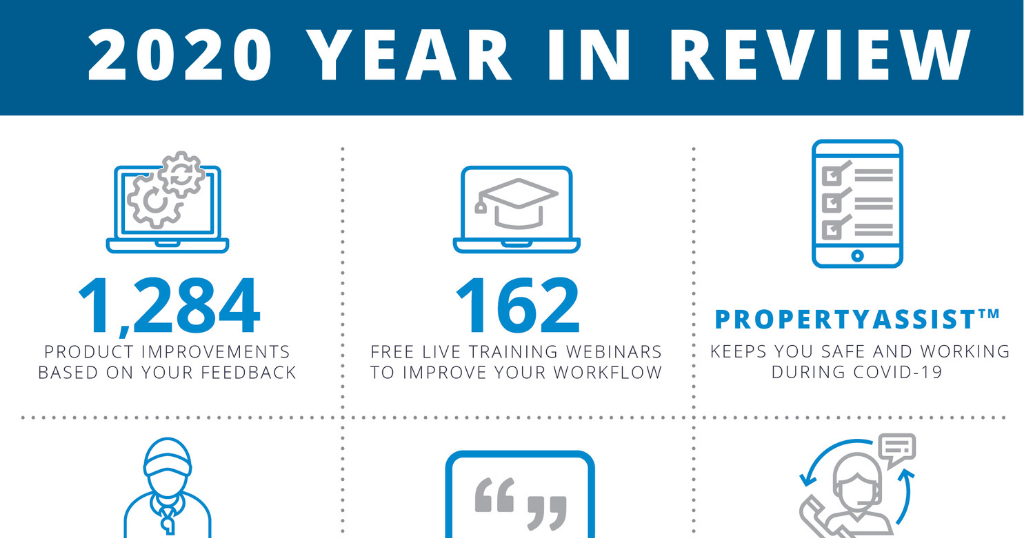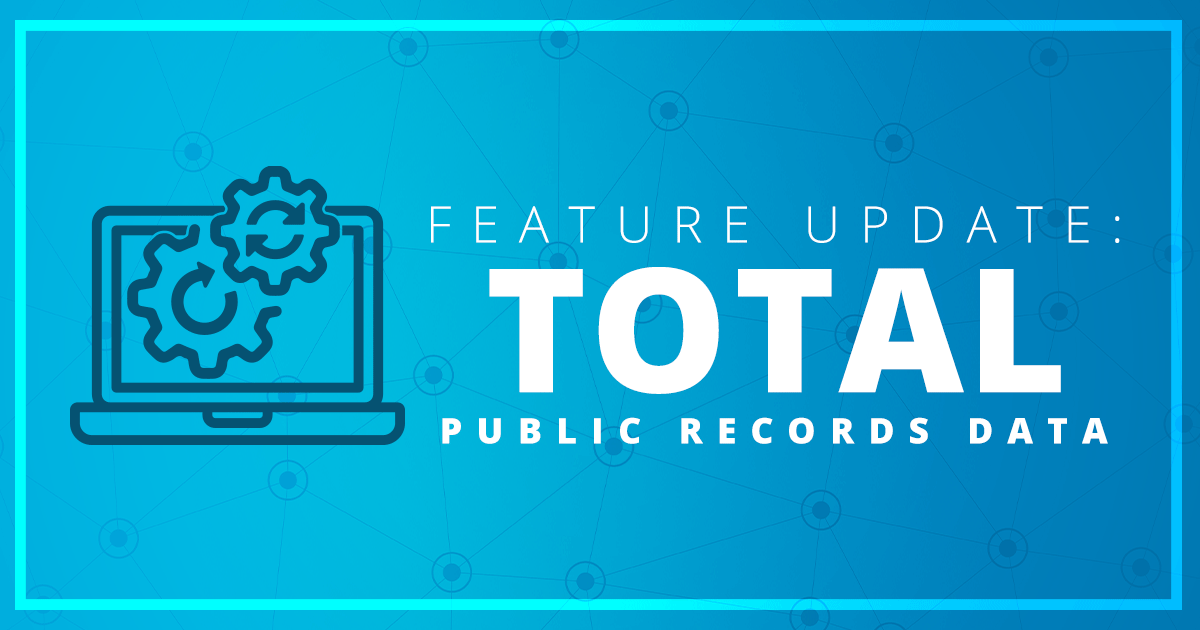From the perspective of your a la mode tech
As of Tuesday, January 14, Microsoft ended support for Windows 7, including security updates. If you’re still using Windows 7, your PC will still work, but it could become more vulnerable to security risks.
So, you have Windows 7. You’re not alone. Roughly a quarter of all Windows users are currently using this operating system (OS). It was a great OS when it was released—especially when compared to its predecessor, Vista, and its successor, Windows 8/8.1. It seemed like the new King of OS, featuring the ease and convenience of Windows XP, plus, a few handy, user-friendly bells and whistles.
When Vista came out, I regretted updating from Windows XP—and when Windows 7 launched, I held onto it for dear life. The bad taste of Windows 8 and 8.1 left me cold to Windows 10, and I didn’t make the switch until 2017, more than two years after its release. All that to say—I get it. Switching OSs isn’t fun. I understand seeing the “End of Life” messages from Microsoft about Windows 7, and thinking, “So what? It’ll still work, won’t it?”
And, while I have a lot of positive points about Windows 10, now that I’m used it, I want to talk about some of the negatives, which are both fun to write and read, right?

This has happened before.
I loved Windows XP when it came out. Simple, to-the-point, had everything I needed. I remembered my XP computer so fondly, and I understood how my customers felt when they were reluctant to move from their XP machine back in 2017. At the time, I wouldn’t have returned to XP from Windows 7, because I appreciated the conveniences. But I also understood the “stand by your man” stance my customers took toward their OS. If it ain’t broke—don’t fix it.
And what happened in Summer 2017? Microsoft ended support for anything older than Windows 7, which, at the time, was the most popular OS. In the same fell swoop, they released a new version of Internet Explorer (IE) that older OSs would not be able to download. That new version of IE was required to use APIs that many programs needed in order to function (APIs help programs talk to servers over the Internet). So, if you didn’t upgrade your OS, not only could you not receive Windows updates, but some programs wouldn’t function. And TOTAL was one of those programs that depended on one of these APIs.
Windows 8 was…different
…and I wouldn’t touch it with my worst enemy’s mouse, let alone my own. The entire OS was built for a tablet and put on desktop machines. Not having a desktop was downright devastating for my workflow, and I didn’t even have a small business depending on it. This is what made me hold onto my aging laptop for as long as I did. Even when Windows 10 was released, I thought it was too similar to Windows 8. I wasn’t going to risk slowing myself down just because Windows was being picky about which OS was getting its security updates. Again, if it ain’t broke—don’t fix it.
Keeping an older computer wrecked my whole day
Admittedly, this wasn’t Microsoft’s fault. This was my own mistake. I bought my laptop 2011, and, for a long time, things were good—until, one day, it crashed. A memory-leak led to two days of stress and duress, where I struggled desperately to save my data from the sinking ship. Thankfully, most of my data was on cloud-backup software, but I did lose data I wish I hadn’t. Ultimately, I had to buy a new computer with Windows 10 installed.
| Do you have Titan Drive backing up your data? |
And it wasn’t so bad. As soon as I accepted that the interface was different, I realized the functionality was the same. I had my “Start” button, I had my search bar, I had my desktop. I was happy. And I thought, wow, if only I’d realized how easy it was to adjust to Windows 10, I wouldn’t have put myself through all that stress. I wouldn’t have kept my computer until it broke.
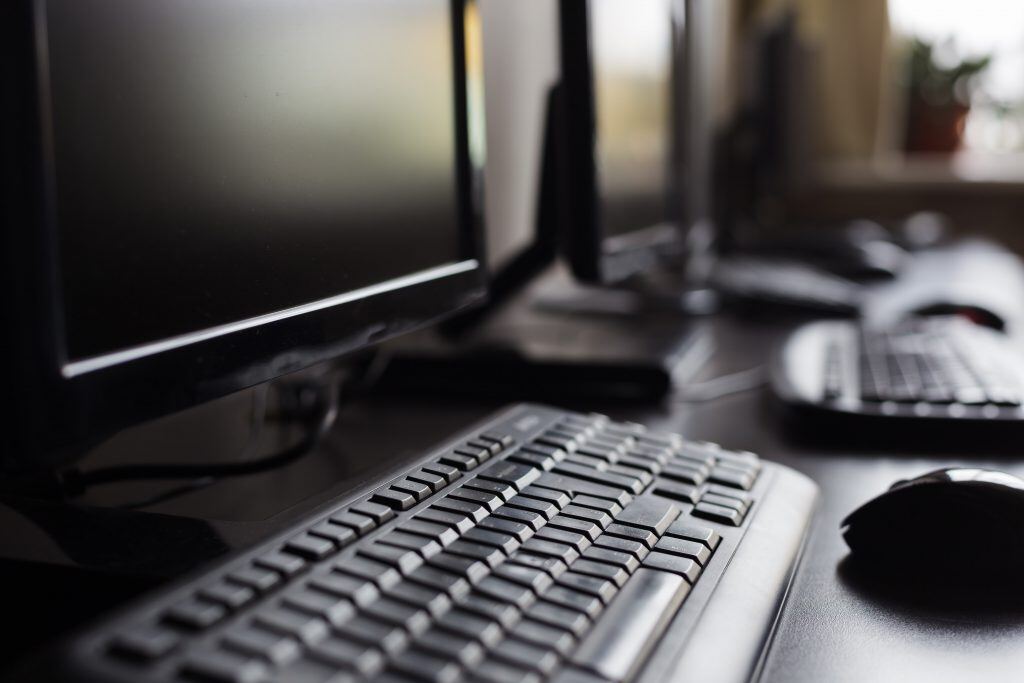
So, what should you do about the end of Windows 7’s life? I can tell you that, as far as it’s conveyed, Microsoft isn’t planning on handicapping Windows 7 users (other than preventing them from getting security updates). But the Internet infrastructure is changing all the time—and usually for the sake of security.
If you can’t get security updates on Windows 7, eventually, one of those updates is going to be something you need. Especially as an appraiser, you want to make sure the data you have is as secure as possible. This is to protect your business from cyber threats and to protect sensitive information from prying eyes.
And all I can say is don’t be like me. Don’t wait until your computer is on its last leg. The stress and potential for data loss is not worth it. With the end-of-life of Windows 7, it’s a great time to consider new and powerful hardware.
From all of this, I want you to take away these points:
- Windows 10 is easier to use than you think
- Microsoft has a history of handicapping older OSs
- Keeping older hardware can be just as devastating as keeping older software
- Without the latest security updates, you’re leaving yourself open to security threats
Ultimately, it’s up to you which OS works best for your business, but take it from the humble perspective of your a la mode tech: don’t wait for something to break before you fix it.

Get to know the author
Ash Stewart is a Customer Support Team Lead at a la mode. Ash is a source of empathy and problem-solving for her customers, and she prides herself in going the extra mile to make sure each appraiser has a solution, on-time, every time.


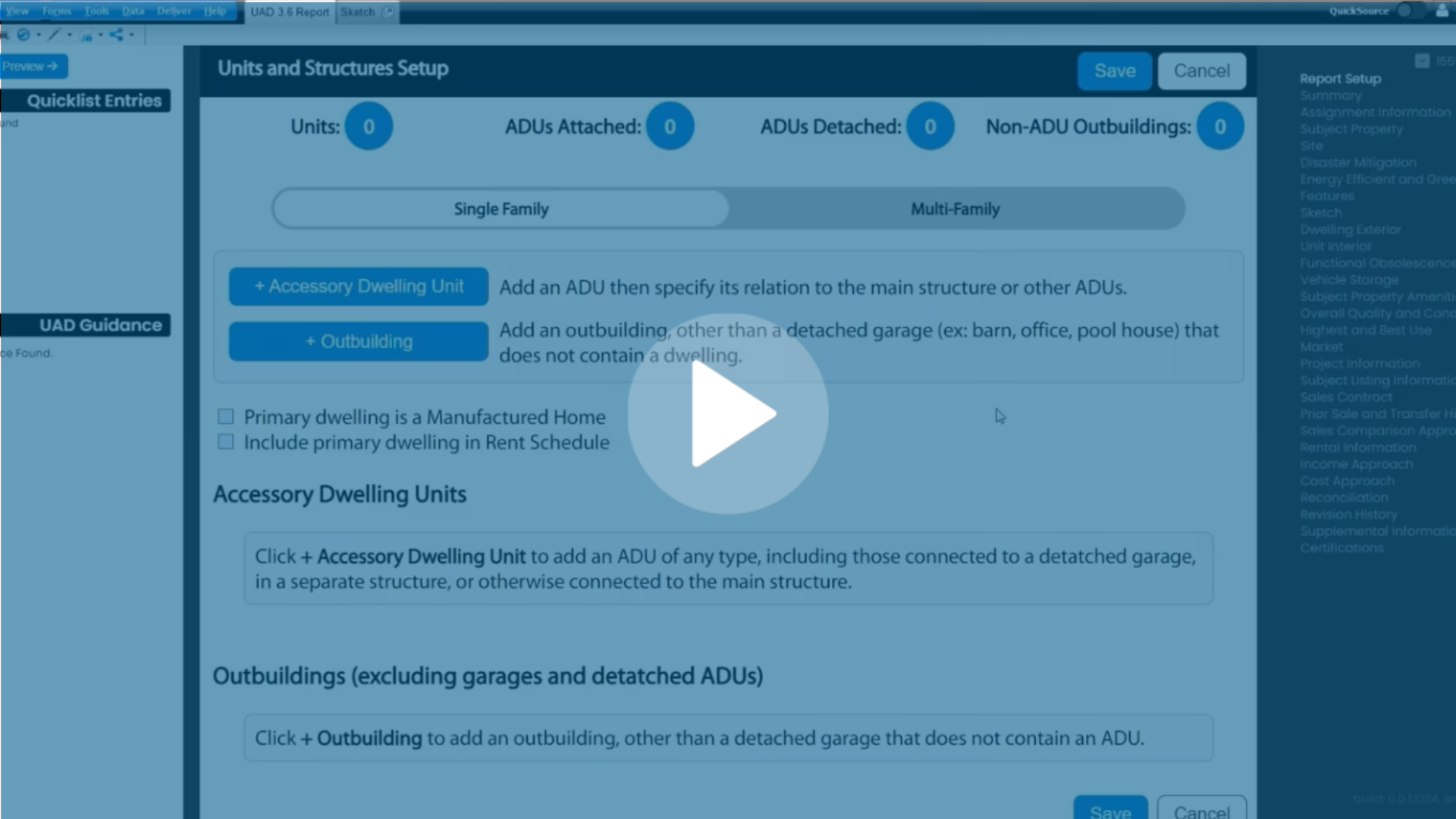
.png)
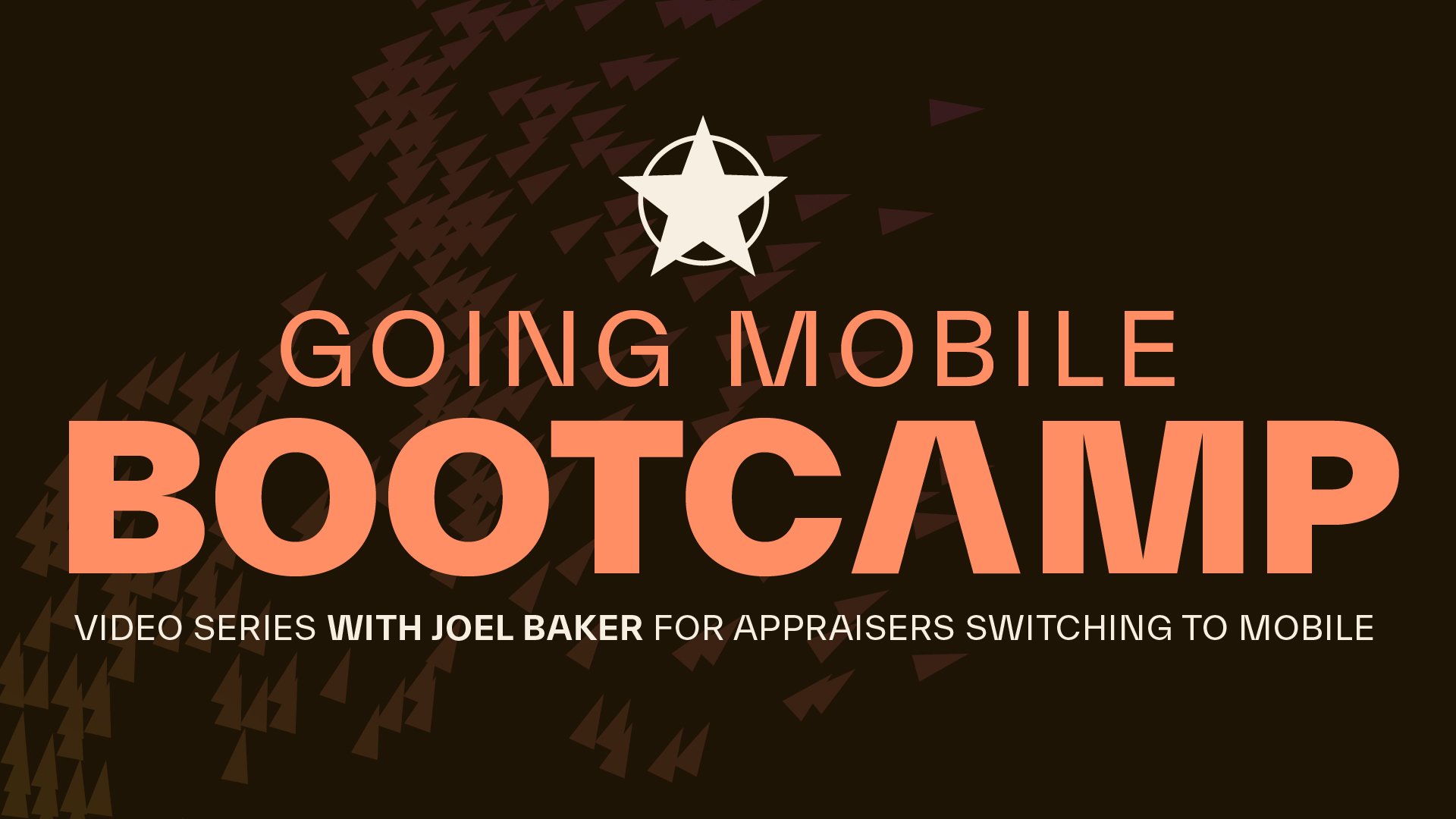
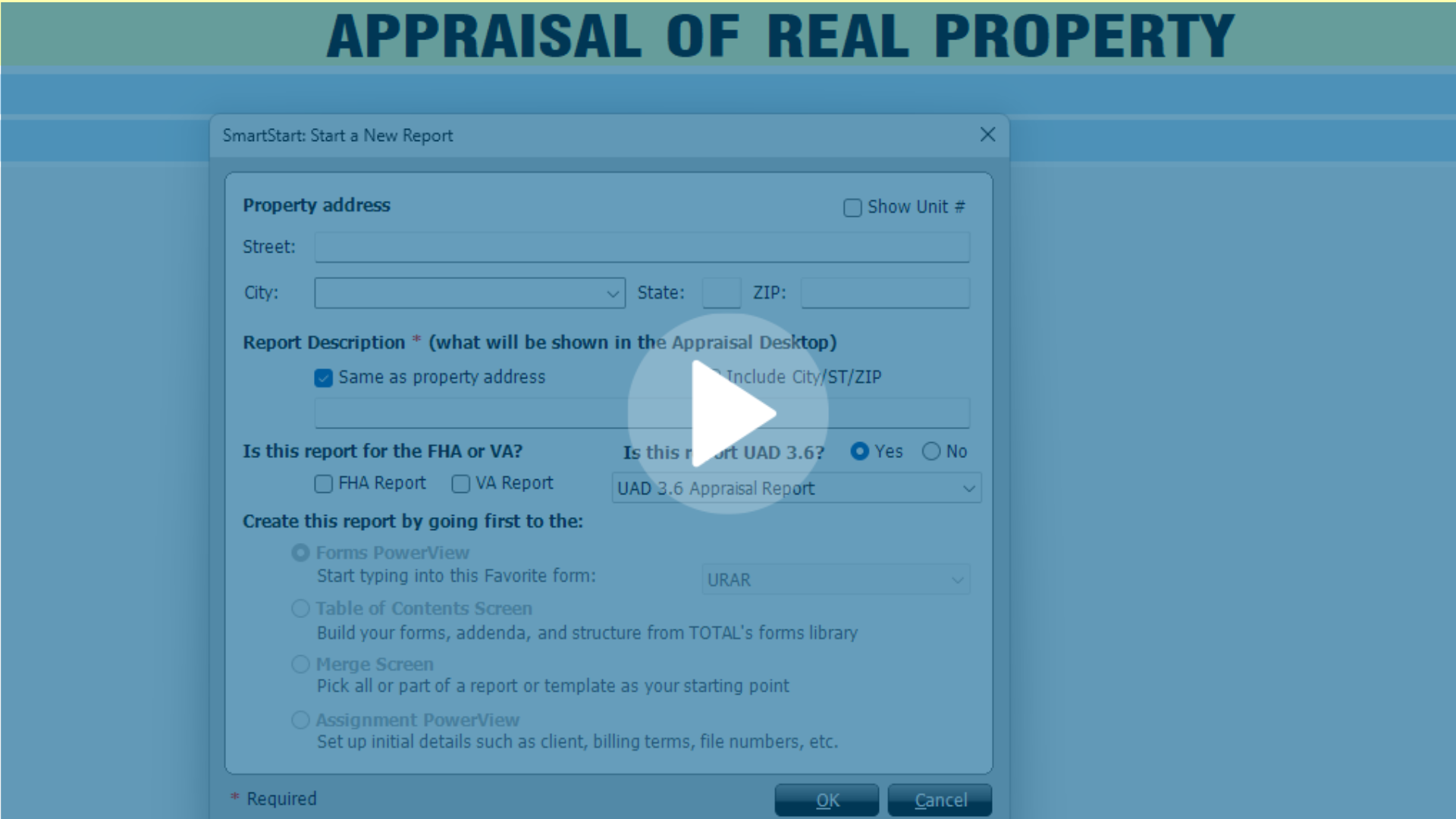
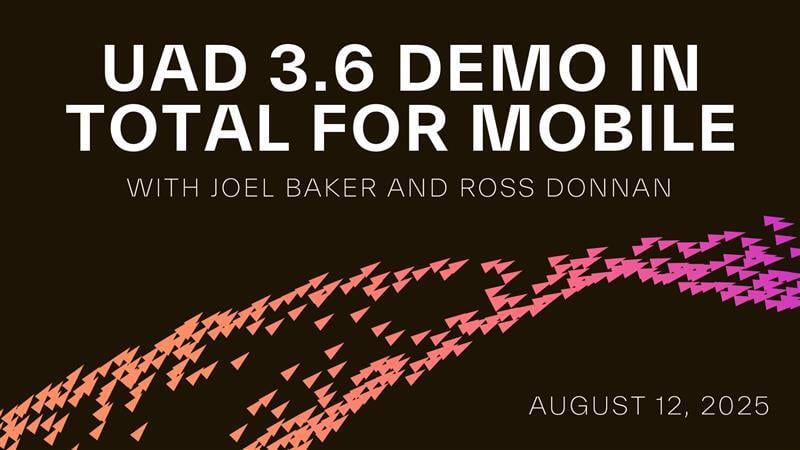
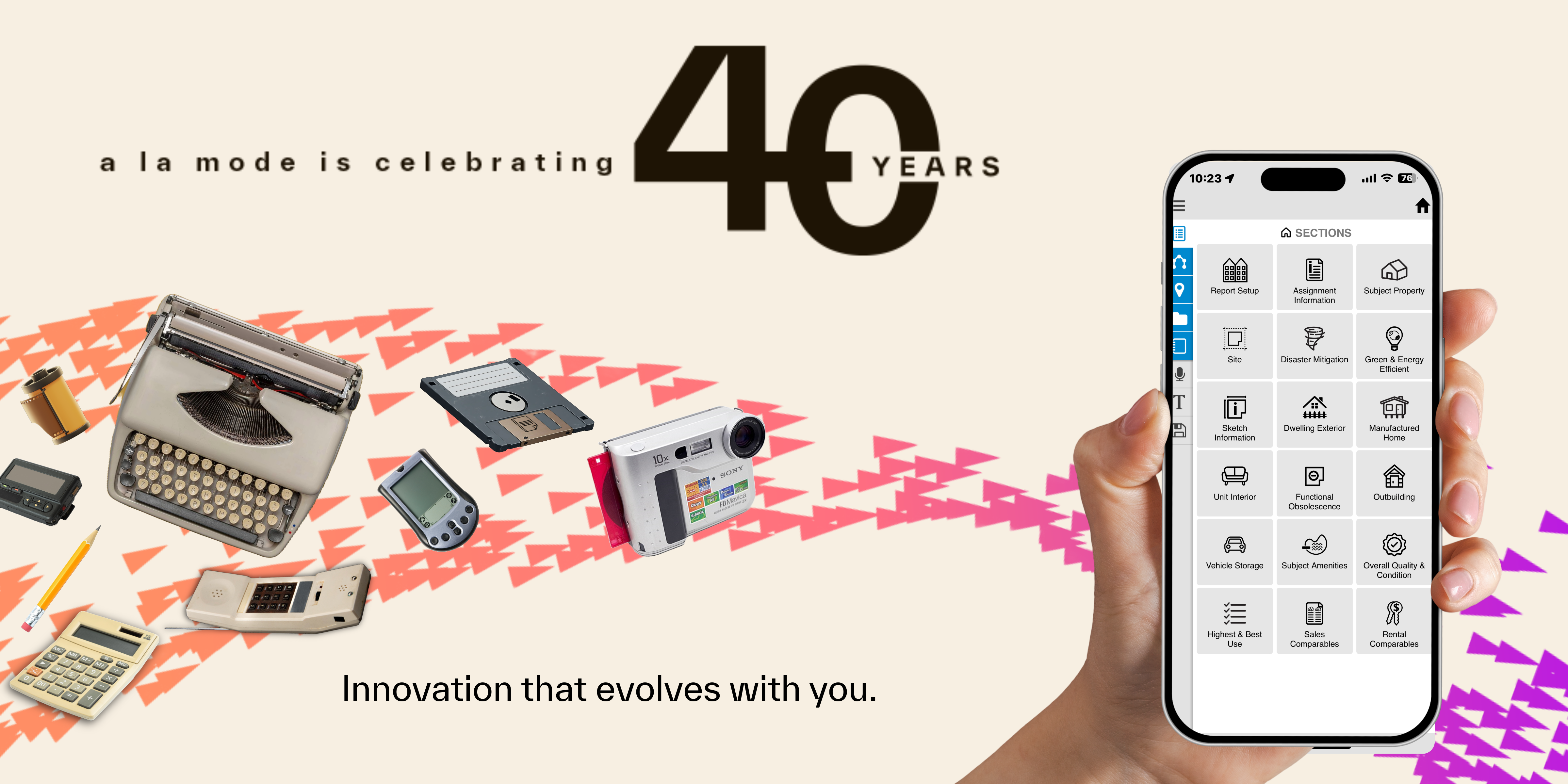
.png)
-1.png)
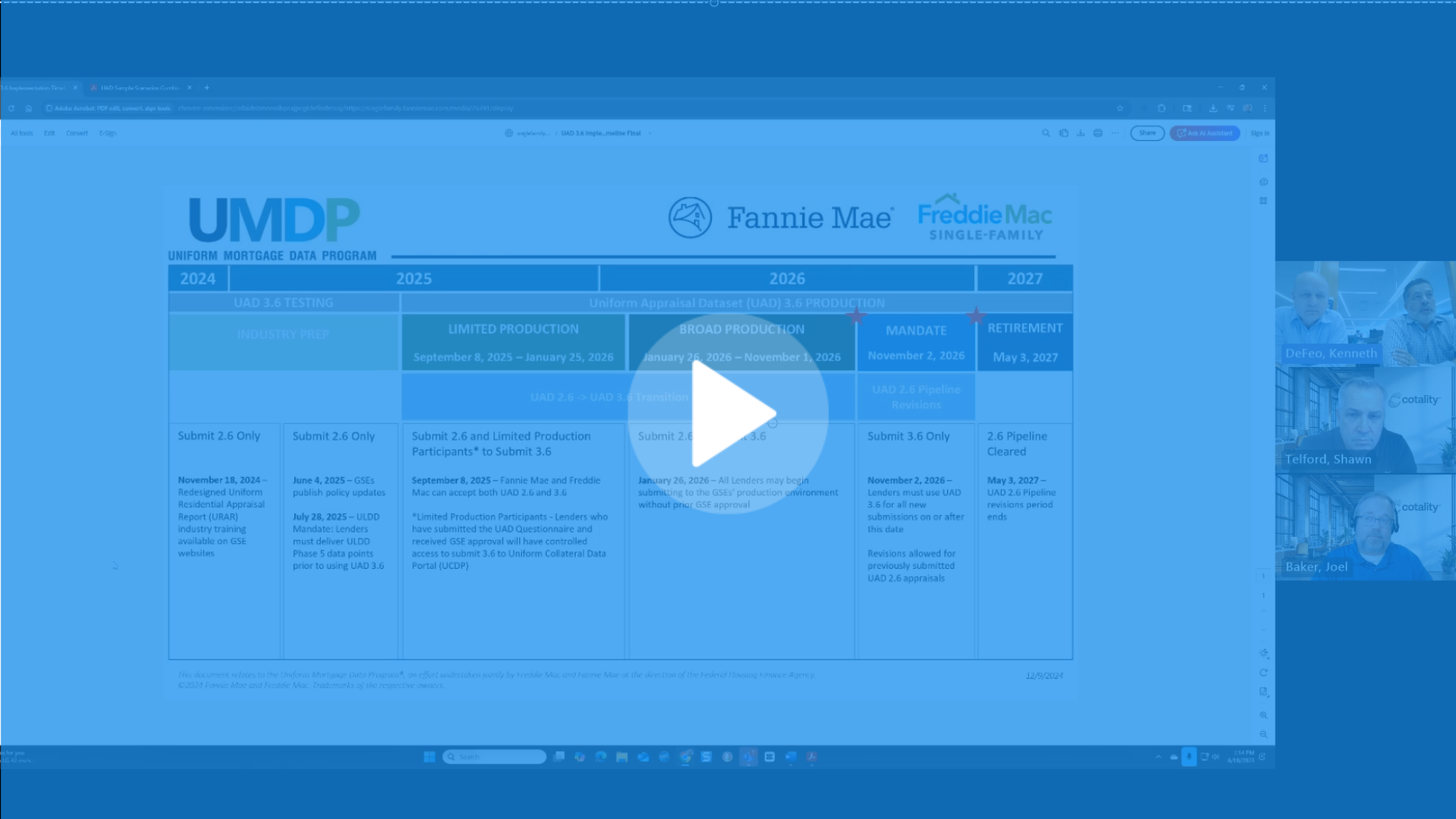
.png)
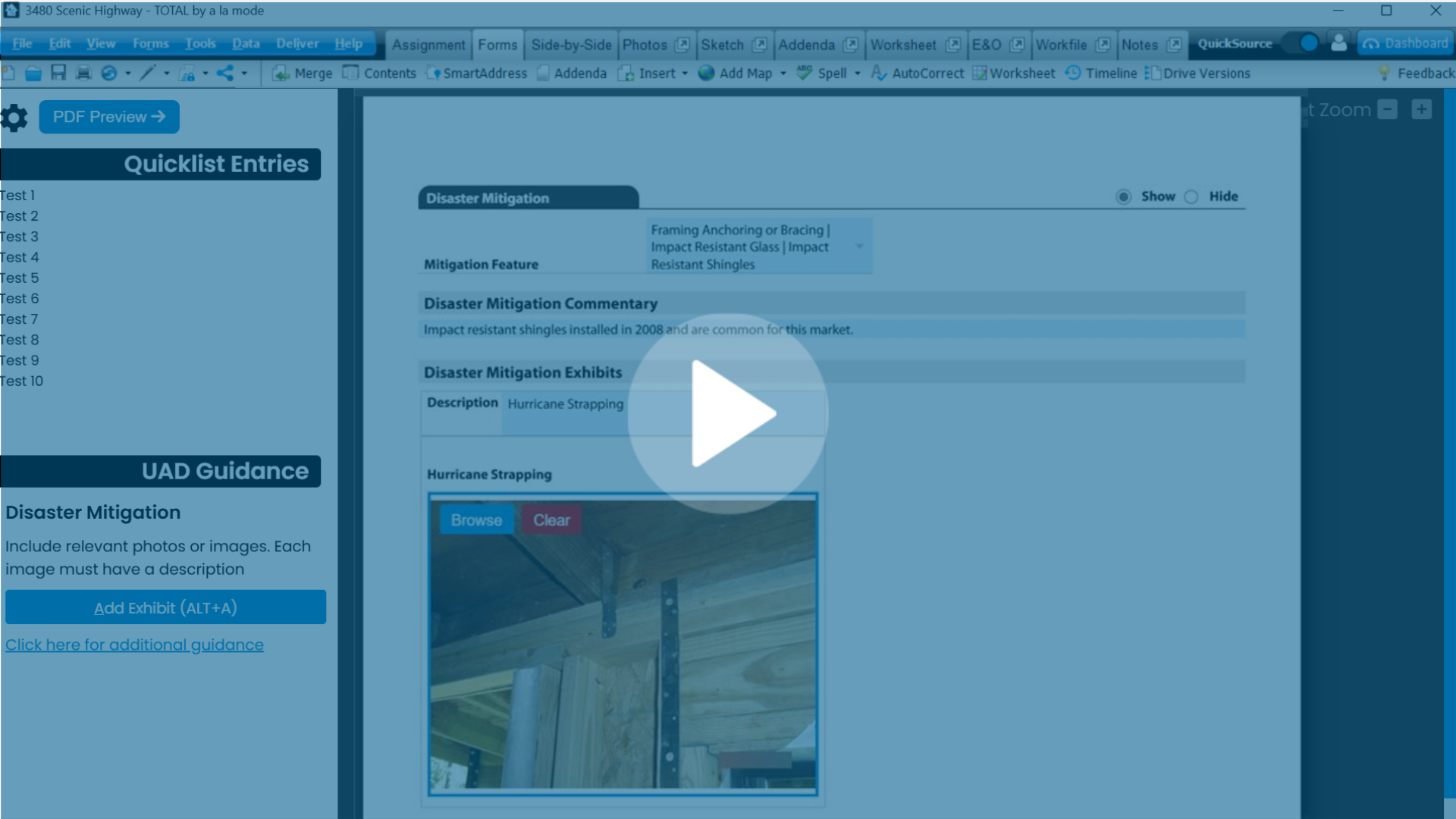
.png)
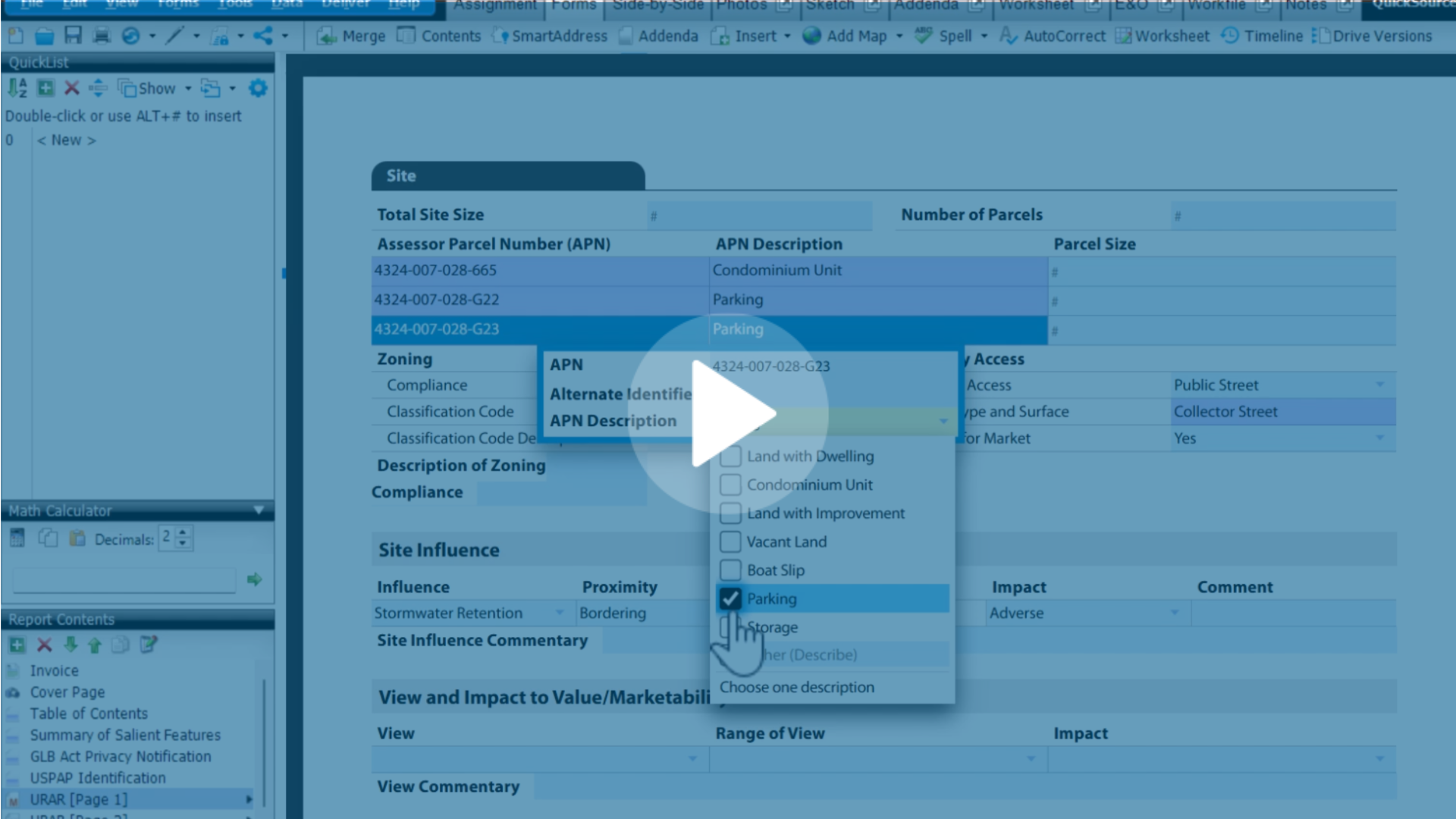
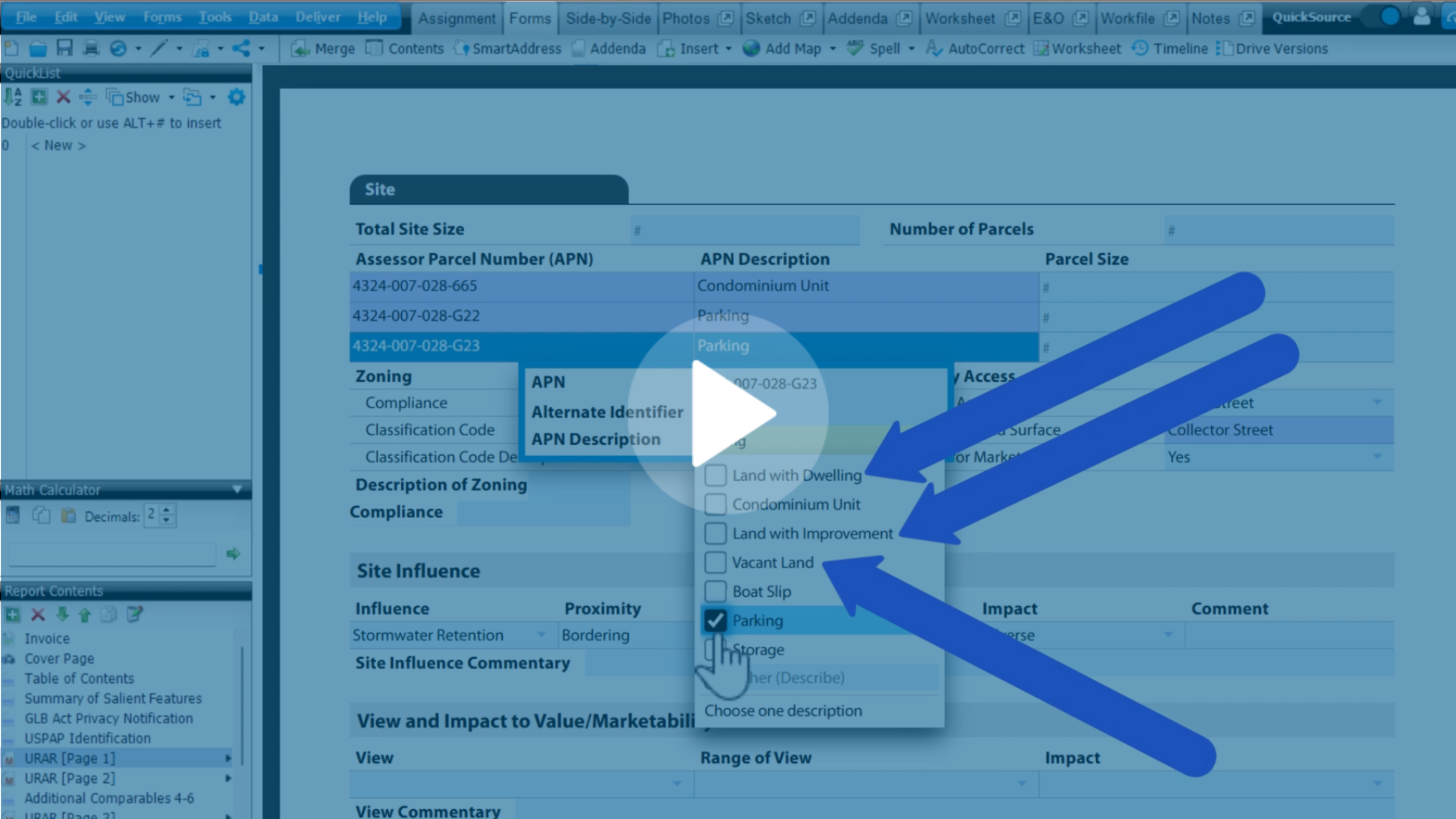
.png)
.png)
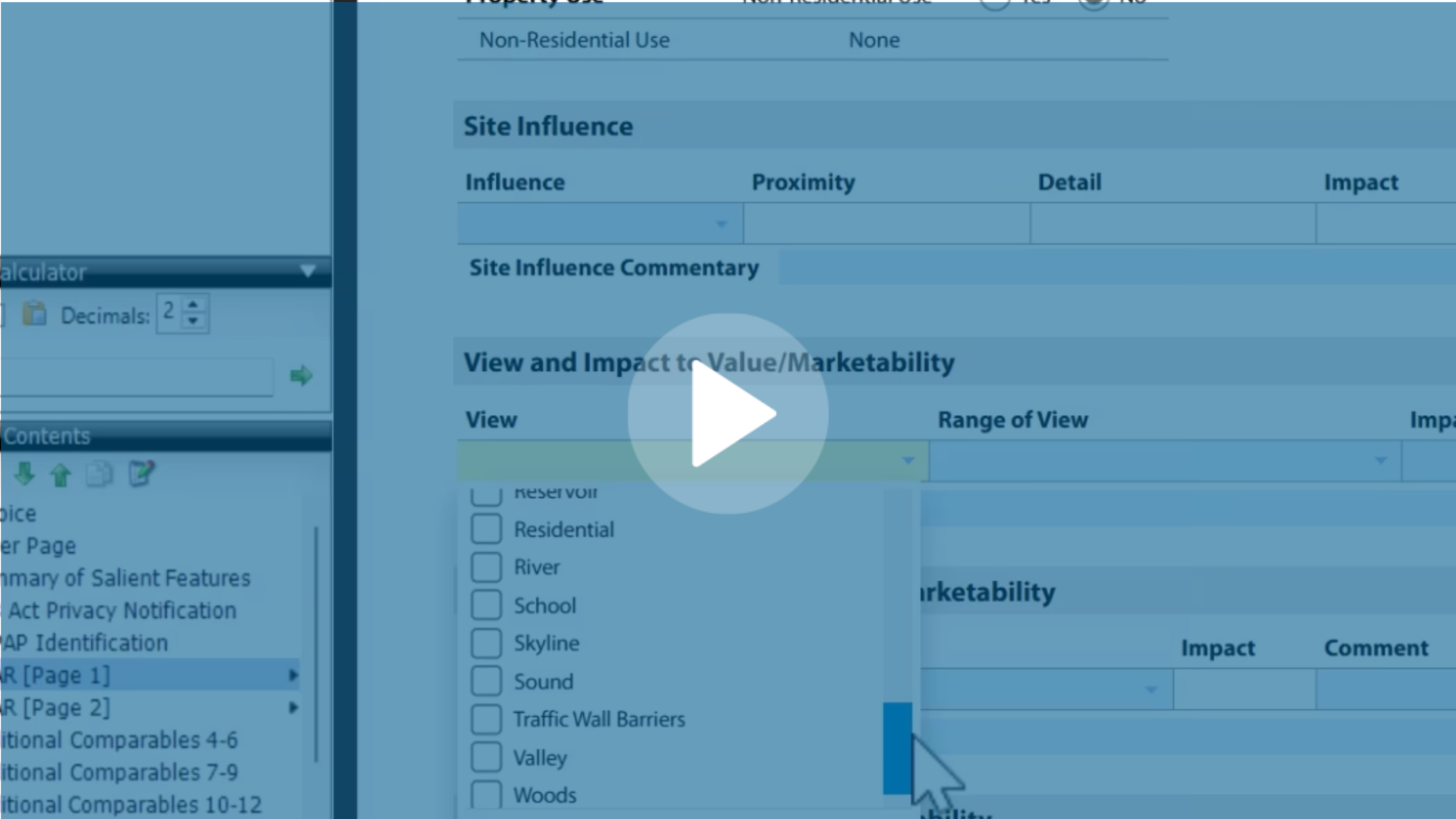
.jpg)
.png)
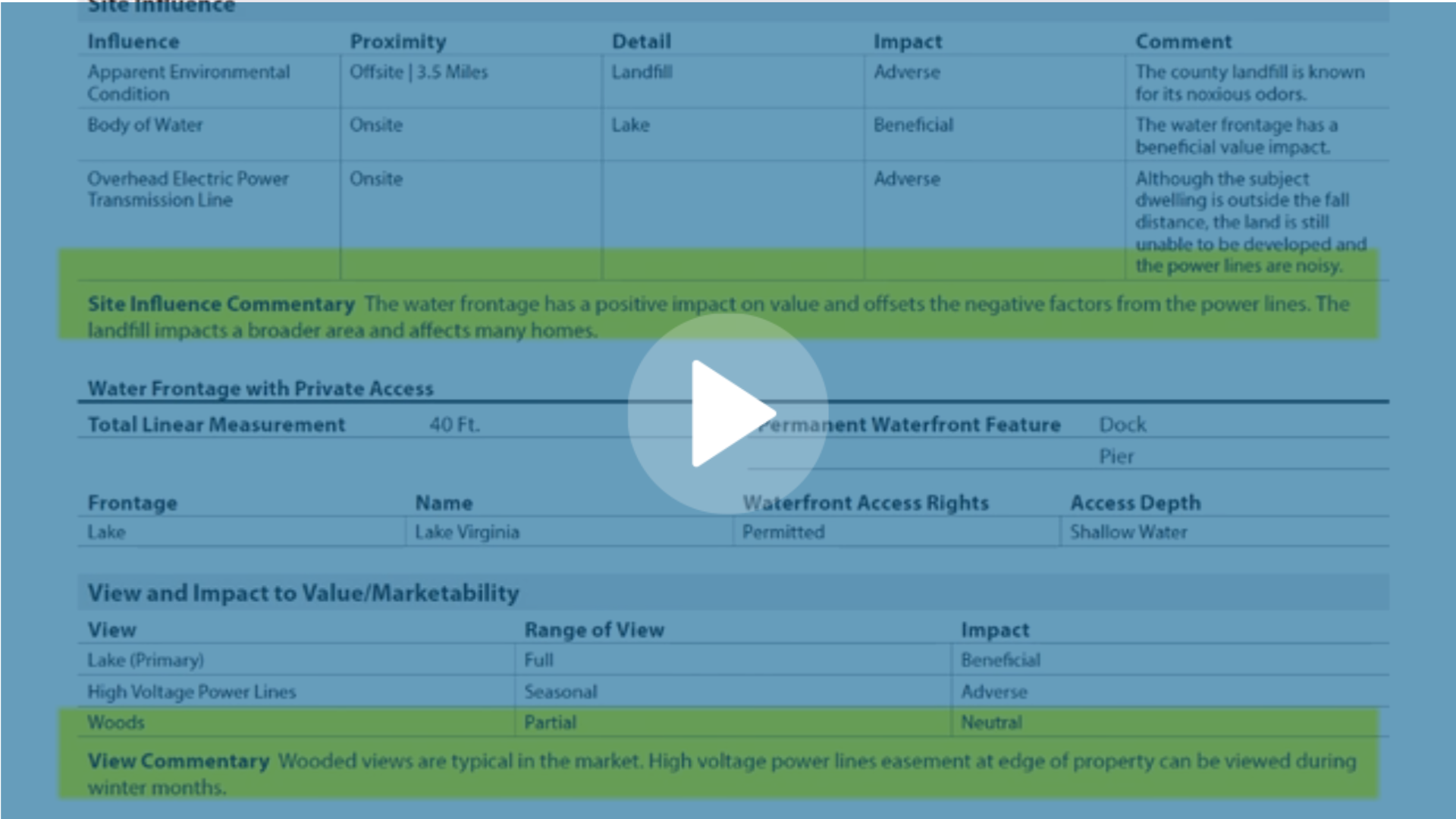
-1.png)
